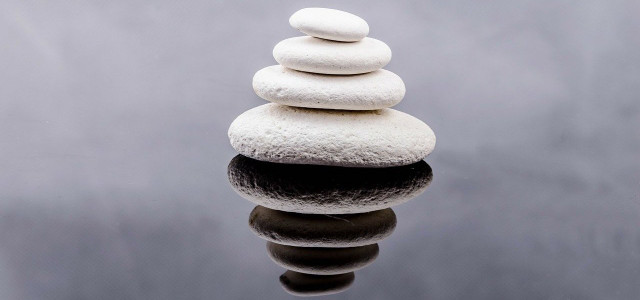Ever heard of niksen? Learn why the Dutch art of doing nothing is a popular and beneficial practice and how to implement it in your own life.
To some, the thought of doing nothing is daunting, while to others, it sounds like laziness. To the Dutch, it is a way of life. Niksen means to do nothing, be idle, or do something with no purpose behind it. Many confuse this lifestyle concept with mindfulness, which is about living in the moment. The focus of niksen is simply about being — but is there any validity behind it? Let’s take a closer look and figure out how to take a break from self-improvement and embrace niksen.
Benefits of Niksen



(Foto: CC0 Public Domain / Unsplash / Austin Schmid)
Doing nothing may sound like laziness, so is the Dutch concept of niksen just a nationwide excuse for being idle? Well, no. In fact, there’s a lot to be said about doing nothing. Considering that the Netherlands consistently ranks in the top 5 in the World Happiness Report, they certainly seem to know what they’re doing.
Research has shown that niksen, or spending time alone, has emotional benefits such as reducing stress and anxiety, and boosting creativity and problem-solving. Doing nothing gives you space to notice emotions and feelings you might miss otherwise due to the hustle and bustle of everyday life and may help you avoid burnout. There are also physical benefits of relaxing and doing nothing, including strengthening the immune system and slowing down stress-related aging.
However, there are drawbacks to doing nothing and letting your mind wander. It is possible to get stuck inside your head and burdened by your thoughts, or stuck in a loop of overthinking. There are both physical and mental health risks associated with spending long periods of time on your own with no interaction.
In order to reap the benefits and avoid the pitfalls, you need to train your mind to wander in a positive direction and limit the amount of time you spend alone doing nothing.
How to Practice Niksen



(Foto: CC0 Public Domain / Unsplash / Roberto Nickson)
It’s easy to confuse doing nothing with scrolling through your phone or having the TV on without actually paying attention. While both of those seem like mindless activities, they don’t actually qualify as “doing nothing”.
The goal is to let your mind wander instead of focusing on something specific. This will feel uncomfortable, and you may only be able to do it for a short period of time at first, but stick with it. Start by turning off all distractions and sitting in a quiet space for 5-10 minutes with your eyes closed. As you get more and more comfortable with this, you can start to change locations or extend the length of time. Consider watching the sunrise or sunset with a cup of tea, or laying down on your bed and staring up at the ceiling.
If you prefer to combine it with semi-automatic activities such as knitting, walking, coloring, or a bath, go for it — just remember that the goal is doing nothing for the sake of doing nothing.
By letting go of the constant need to be doing something, you can relieve stress and step outside your daily obligations. So many of the health and wellness trends stress that there is always something more you can be doing, and niksen is the exact opposite. Take the time to just be.
Read more:
- 6 Best Meditation Apps to Calm Your Mind
- 8 Yoga Alternatives for Mindful Exercise
- Swedish Death Cleaning: The Art of Decluttering
Important Information regarding Health-related Topics.
** Links to retailers marked with ** or underlined orange are partially partner links: If you buy here, you actively support Utopia.org, because we will receive a small part of the sales proceeds. More info.Do you like this post?








